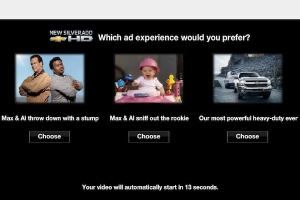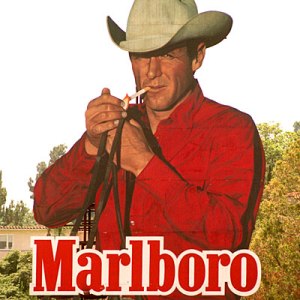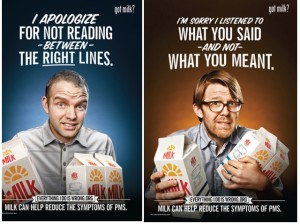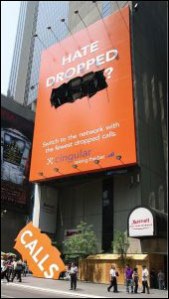Description
An effective example for web advertising is the advertising that is used on Hulu, an online website to watch TV shows. To continue their show, the viewer must listen to some ads, but, unlike TV, he or she is able to pick what type of ads they want. The idea came about from a survey conducted from 1,500 viewers.The viewers said they more choice and greater control of advertisements.
A voice comes on asking, “Which ad experience do you prefer?” and viewers can to pick a sequence of ads that are somewhat relevant to their life. This type of advertisement–called Hulu Ad Selector–first came public when Hulu launched in 2008.
Facet of Effect
-Facet of Effect-
The Facet of Effect that Hulu Ad Selector uses the Perception effect. The most closely aligns with Perception because the perception is unique to the ad. Selection and Attention is a perception concept, and Hulu uses this by allowing users to use their own selection. Interest is another one along with Relevance, and users are able to select ads that peak their interest and are relevant to them.
-Success-
Statistics show that two-thirds of viewers are likely to pick their own ad experience. Hulu calls this psychological ad as the “power of choice.” Effectiveness metrics are twice as high when compared to a standard pre-roll.
Target Audience
-Demographics-
Hulu aims to make their advertisements relevant to everyone–male, female, young, old, each person gets to pick the ad most relevant to them. The age that is most prevalent for watching Hulu is 18-24, so ads will target these consumers. This falls under the “Me Generation” and the “Generation Y.”
-Psychological-
Being able to pick their own ad experience lets people say “I Am Expressive.” They can express their personality by choosing what ads they want to listen to. Under the VALS Framework, the advertisement would appeal to people who are “Experiencers.” They can choose ads that would be most likely to appeal to them in life.
-Behavioral-
Since the ads are different, it’s difficult to put a path to purchase on it. However, the closest it would be is the Do-Think-Feel. First, viewers click on the ad they want (Do). They then think, even if it’s subconsciously, about the ads they watch, and (hopefully) feel drawn towards them.
Personal Analysis
I believe that allowing the viewers to choose their own ads is increasing your chance a bit of viewers paying attention to the ad. I generally ignore the ads anyway, but for those who do listen to ads, they are apt to pay closer attention to something that is relevant to them, such as clothes for women, instead of golf clubs. Also, viewers have to pay attention, if only for a few seconds, to choose which ad they want.








